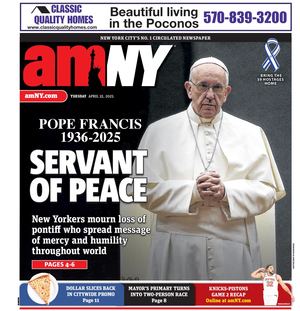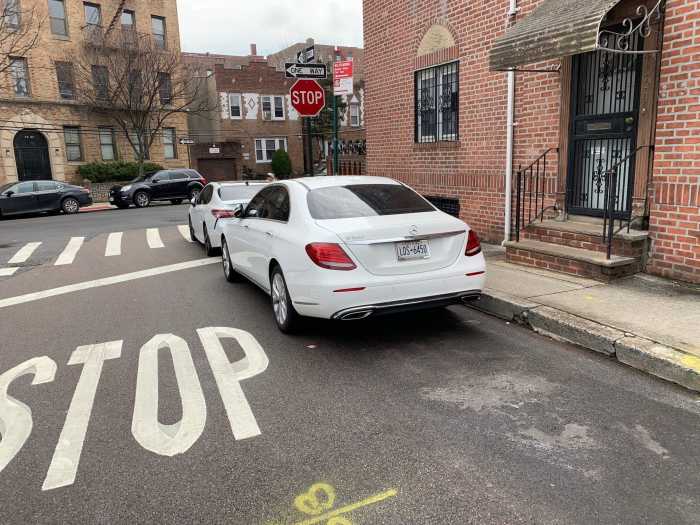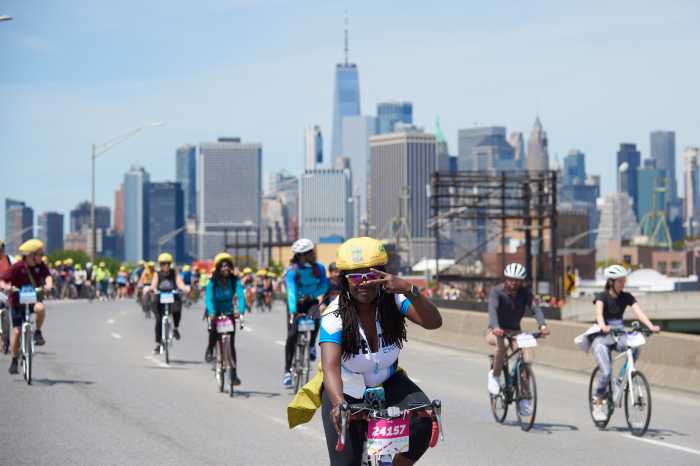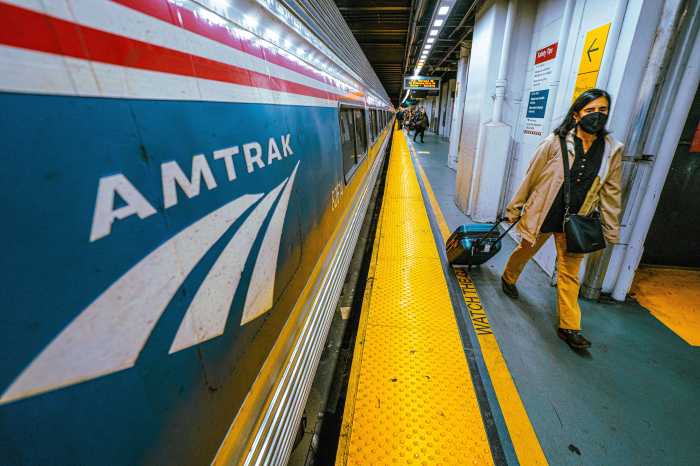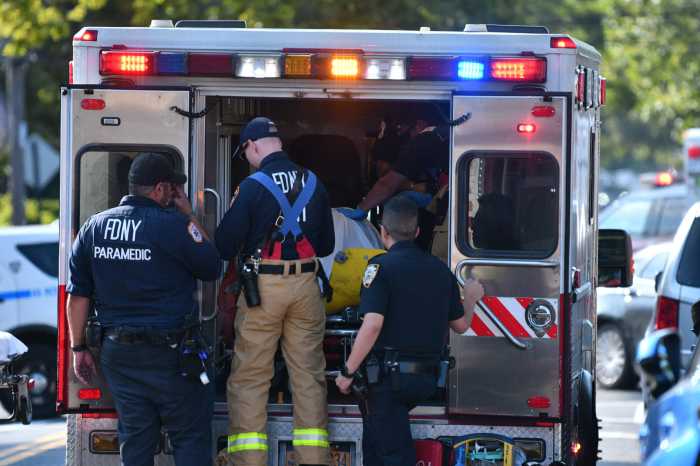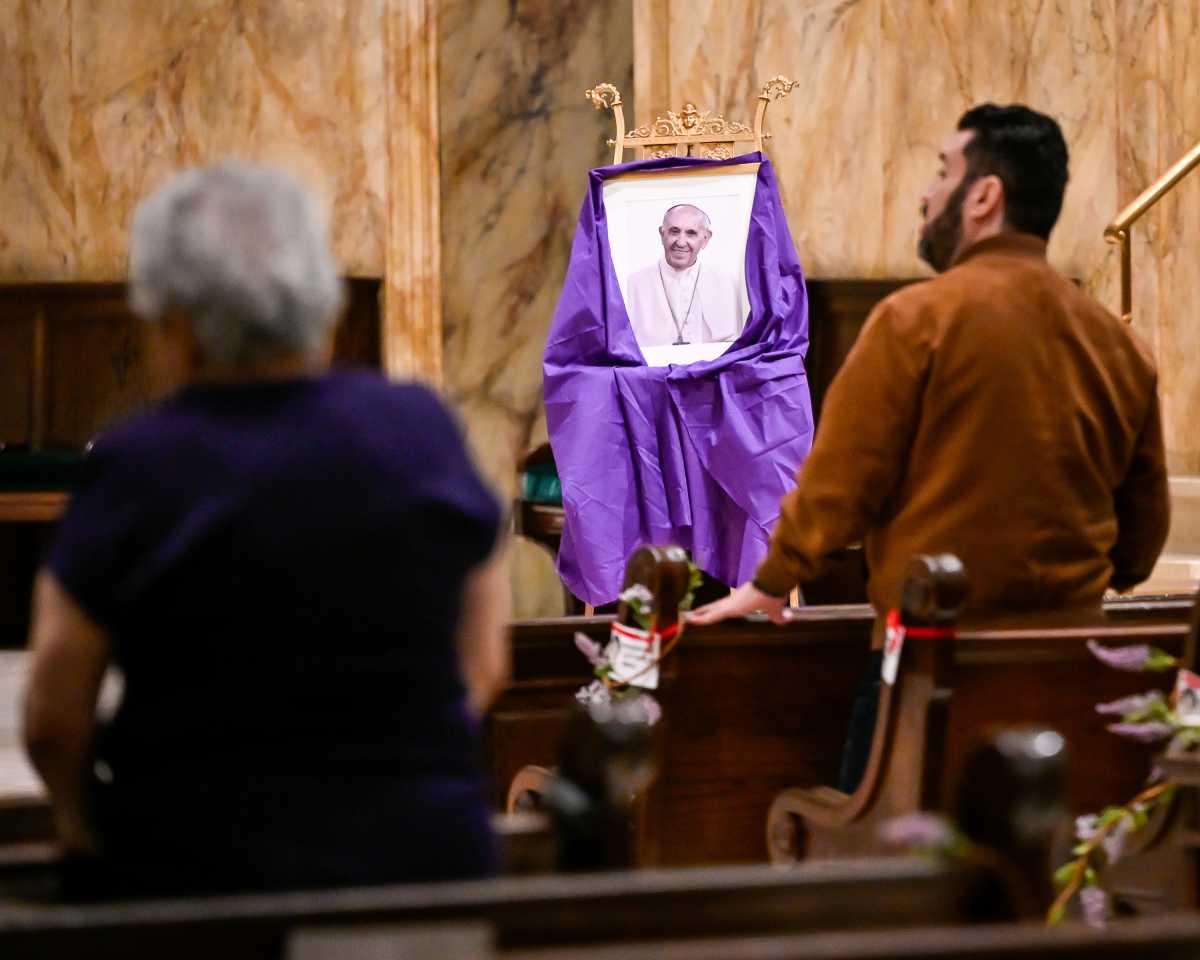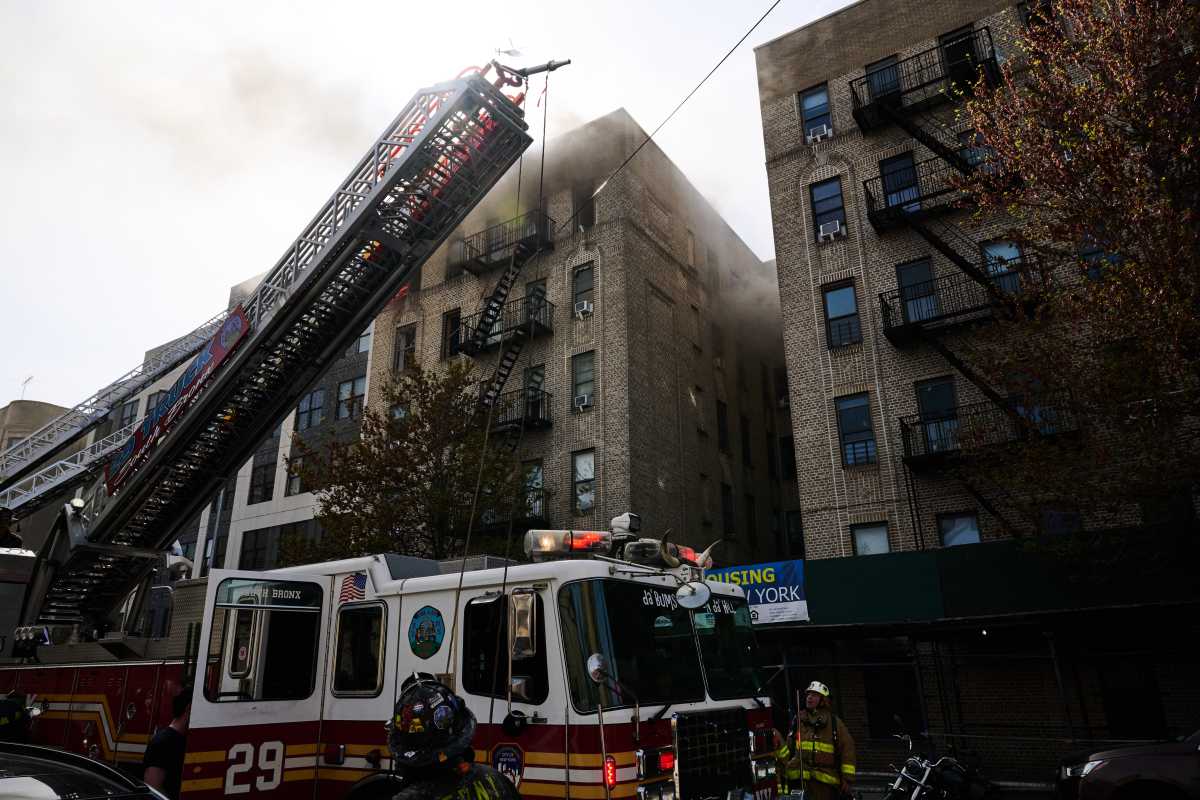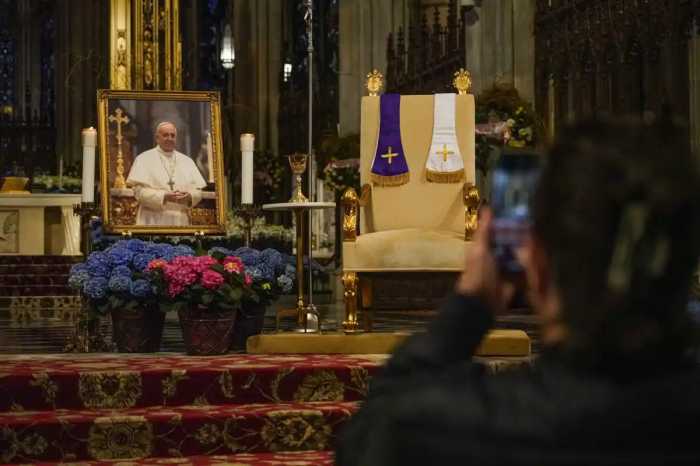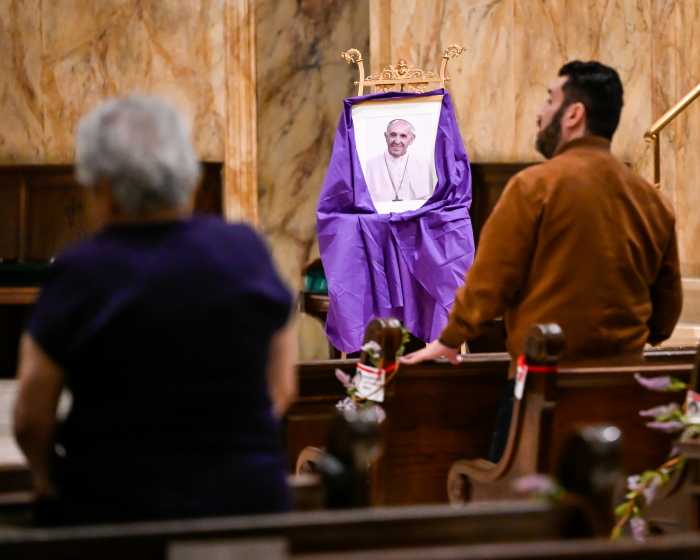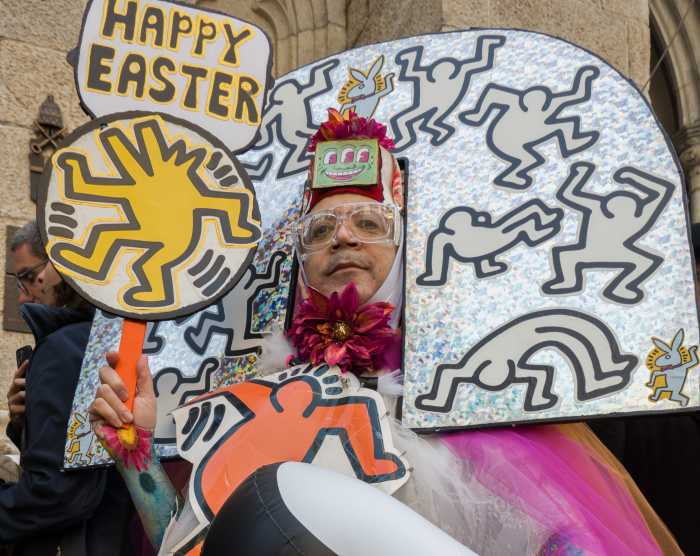Uber will be expanding its use of third-party drivers across the country in an effort to provide better wheelchair-accessible service.
Faced with few drivers with wheelchair-accessible vehicles, or WAV, Uber CEO Dara Khosrowshahi announced Tuesday that the company will expand its partnership with MV Transportation to fill gaps in its WAV service in cities around the country, bringing “hundreds” of new WAV vehicles under Uber’s dispatching, he said.
“We’re committed to making accessibility a meaningful part of what we do, and we’re proud to be doing our part to enable improved access to transportation for people with disabilities,” Khosrowshahi said in a blog post. “We know there is still a long way to go — and that we’re at the beginning, not the end, of this journey.”
The announcement comes as Uber faces continued pressure around the country to provide more service to wheelchair users and after it has fought stricter regulations requiring such improvements in New York City.
Uber said the use of such third-party companies have led to an average wait time for WAV riders of 15 minutes or less for trips in New York City, Boston, Chicago, Philadelphia, Toronto and Washington, D.C. Uber hopes to expand that service model in San Francisco and Los Angeles by the first half of next year.
Of the tens of thousands of Uber-affiliated vehicles in New York City, about 300 are wheelchair-accessible, according to Uber. A small study from the New York Lawyers for the Public Interest published in May 2018 found that just 55 percent of WAV requests successfully located a vehicle.
Uber claims it has improved since. Throughout the five boroughs, where Uber partners with MV Transportation and another third-party company, NuRide, the average wait is about 13 minutes, according to the company.
Advocates, however, don’t believe Uber is going nearly far enough. There are about 2,400 wheelchair-accessible yellow cabs on the roads, which together help serve the city’s roughly 90,000 wheelchair users who work and live in the city.
Susan Dooha, the executive director of the center for Independence of the Disabled, New York, equated Uber’s number of WAV vehicles to “a grain of sand on a beach.”
While the city, operating under court order, is working to make half of its yellow cab fleet wheelchair accessible by 2020 — a goal it appears unlikely to reach — Uber has fought for different accommodations. Under city rules, by mid-2019, e-hail bases must service at least 60 percent of requests for wheelchair-accessible vehicles in under 15 minutes. That requirement increases to under ten-minute response times by 2021.
“Uber would not exist if that was the standard of service passengers who didn’t require an accessible cab,” said Joseph Rappaport, the executive director at Brooklyn Center for Independence of the Disabled. “Uber has basically said ‘not our problem’ on accessibility.”
Now Khosrowshahi “believe[s] that ride-sharing has the potential to significantly improve mobility for people with disabilities,” according to his blog post. In New York City, an Uber spokeswoman said the company is experimenting with ways to get more WAV vehicles on the road. It’s trying to make weekly WAV rentals cheaper, and provide more incentives for drivers to complete a specific number of wheelchair-accessible trips.
Rappaport said he’s still waiting for a significant commitment to service improvement from the e-hail giant.
“Uber came in to New York City billing itself as a revolutionary company, but in its treatment of passengers with disabilities, it’s been reactionary,” Rappaport continued. “It’s like it’s the 1950s all over again for the company because it neglected to think about how it would carry passengers who have disabilities and who use wheelchairs.”
